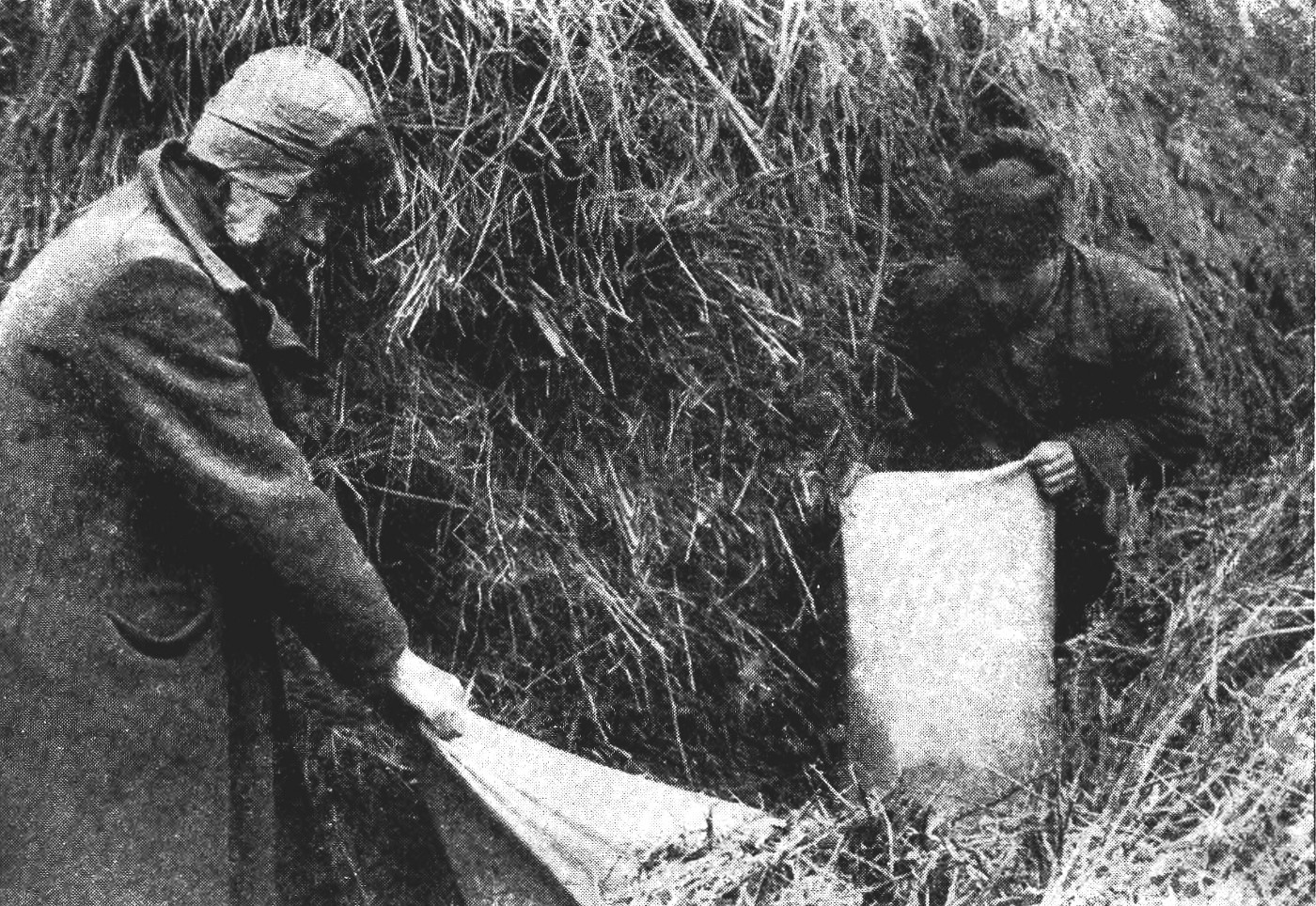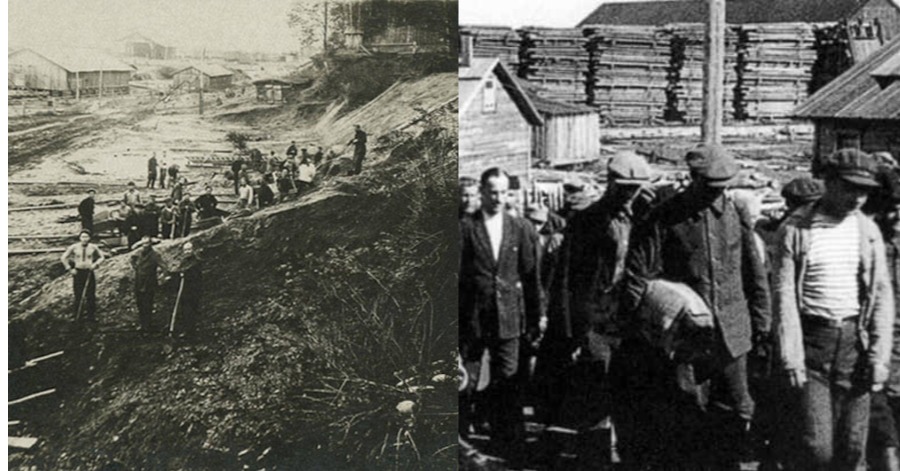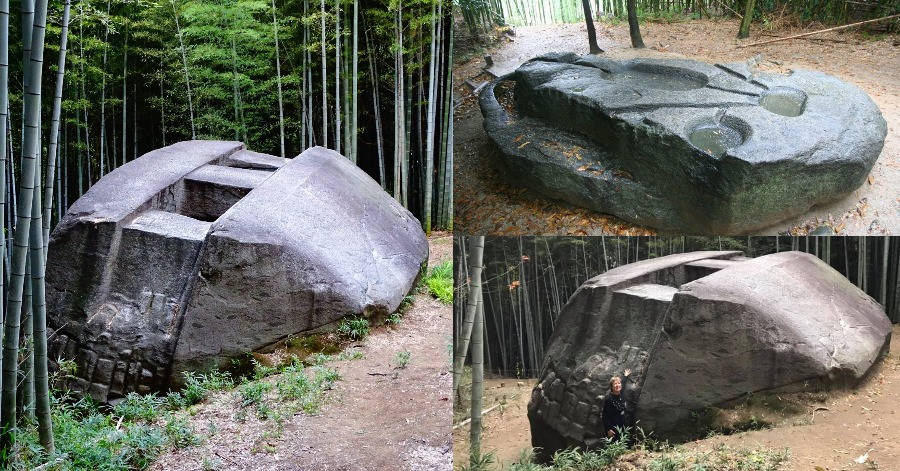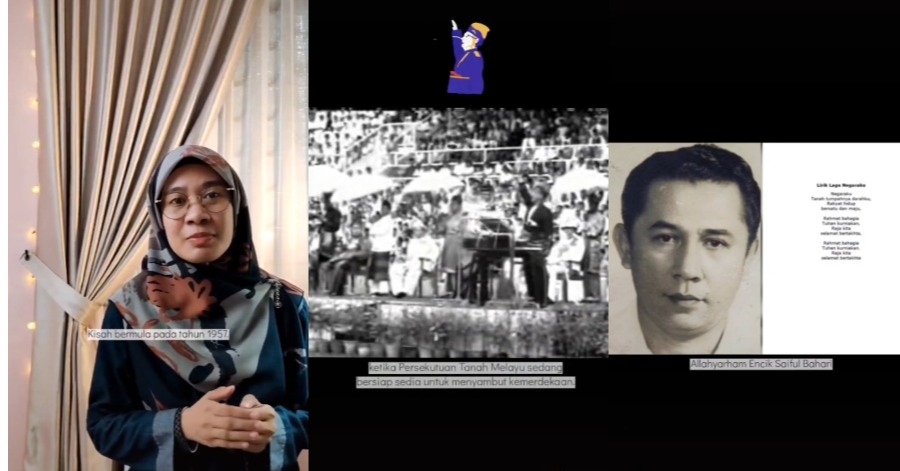Cannibalism, arguably the most horrible of human taboos, has never been socially acceptable in most areas. That isn’t to suggest that humans haven’t eaten each other. And if you think Squid Game was brutal, you’re probably wrong!
The battle royale gaming genre has exploded in popularity over the last year, with games like Fortnite, PUBG, and Call of Duty Warzone seeing massive increases in both popularity and player base. The concept has become so popular that an anonymous millionaire has offered to fund a $100,000 prize pool for a real-life rendition of one of these games. The proposed event, however, would only use airsoft guns rather than the real weaponry depicted in the games. Back in history, turns out men and women were dumped in an area, which resulted in gruesome infighting for survival.
On May 18th, 1933, around 6,000 individuals were deported to a remote island in Siberia by the Soviets. Nazino, a little isolated island on the River Orb, was a place where criminals and political prisoners would not be able to flee. These people were hauled off and abandoned with nothing more than the clothing on their backs, a few tools, and bread under the paranoid despot Joseph Stalin. Those who refused to move were executed.
There weren’t many animals or edible plants on the island. What would you do in this situation? It’s possible that you’ll struggle over the flour you’ve been handed. According to reports, the prisoners rapidly ran out of flour, and when the authorities handed over another quantity, the inmates fought tooth and nail to get their hands on it, during which time numerous prisoners were shot dead.
The Secret Police

Those who were considered as “dissidents” were repressed by the secret police during Stalin’s early reign. Many innocent individuals would be apprehended by the secret police and transferred to labour camps around the Soviet Union without being tried properly. Many of the victims of this occurrence were condemned to 5–10 years of hard labour, from which only a small percentage of them ever returned.
During the Soviet Union’s rapid industrialization in the early 1930s, many of the Soviet Union’s higher-ups wanted to make the most of this newfound pool of labour in order to accelerate their industrialization. In the early 1930s, Genrikh Yagoda, head of the OGPU secret police, devised a plan to combine the necessity for rapid industrialisation with the desire to put the vast Siberian tundra and other unoccupied parts of the Soviet Union to use.
Cannibals of The Death Island
Stalin finally rejected the notion of work villages shortly after the settlers arrived on Nazino. However, on May 27, another 1200 deportees arrived in Nazino to join the original residents. By this time, order had completely collapsed, and death, sickness, and disorder reigned supreme. Those settlers on a flour ration discovered that they couldn’t bake bread without equipment or bread ovens. In a desperate attempt to save money, they combined their bread rations with river water, resulting in diarrhoea. Many people who were already frail perished. Some people, on the other hand, managed to stay healthy. There were only two options available to them.

The first option was to flee. Some of the more capable settlers built improvised rafts and attempted to flee by river. When the rafts disintegrated in the middle of the river, many people drowned. Others who made it out of the water were hunted down like animals for the guards’ amusement. Those that made it over the lake, on the other hand, were unharmed. The terrain was so hard, and the escapees were so unprepared for survival, that they were thought to be dead.
The other option was to stay on Nazino and fight to the death. As the survivors struggled over the few and rapidly dwindling resources, murder became more common. The guards were unable to control the gangs that roamed the island, so they abandoned them to their violent rampages, contenting themselves with punishing small infractions among the weaker members of society. The starved settlers, however, had already succumbed to cannibalism by the end of the first week. Health officers initially recognised the clues when they discovered five bodies lacking bodily parts.

The most frightening account of cannibalism comes from an elderly Ostyak woman’s statement in 1989. The woman was only 13 years old in 1933. She was collecting poplar bark in Nazino with her family like she did every year. Nazino was usually deserted. This time, though, they discovered “people everywhere” performing the cruelest things. The elderly witness related how Kostia, the boyfriend of one of the camp guards, was stalked while he was away. They apprehended her, tethered her to a pole, and cut off everything edible because they were hungry.
The Nazino colony was disbanded by the government in early June. Just under 4000 people died on the island in less than a month. The remaining 2856 deportees were sent to neighbouring upriver towns. Meanwhile, the Soviet administration conducted a hasty and clandestine investigation into the events. The authorities swept the whole thing under the rug, except for the detention of a few of the surviving guards. The circumstances of the incident were publicly available for the first time in 1988, with the beginning of Glasnost. The Ostyaks in the Nazino area, on the other hand, never forgot the horrors of summer 1933. Nazino was and always will be Death Island to them.
Sources:Simple History, History of Yesterday, History Collection, The Infographics Show, Atlas Obscura









Leave a Comment